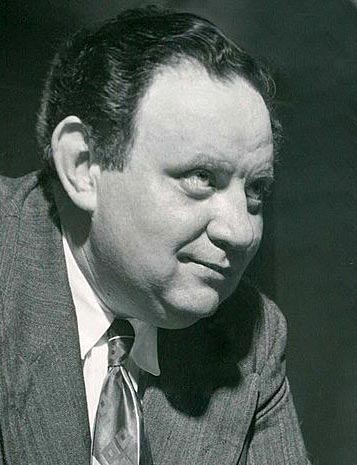As one of just four locations chosen and granted funding from Europe, we learn that some 600 new Smart / Intelligent street lights have now been allotted for the Tipperary area, through our local authority, to be replaced around mid-Tipperary.
The idea of using Smart or Intelligent street lighting was first discussed in the late 1980’s, beginning with a notion that street lighting could be dimmed at pre-determined times, thus saving energy.

Samuel Bagno
In 2006, same energy saving intelligent street lighting usually referred to a more block-controlled network, but then in more recent years public and private lighting systems came on the market that could easily adapt to movement, caused by the presence of people and vehicles, using motion detectors / sensors, first invented back in the 1950’s by the American Mr Samuel Bagno of New City, New York, USA.
Of course, it was a forward thinking Oslo, in Norway, who first introduced a large scale implementation of smart or intelligent lighting; same reducing their energy usage by some 50%, while improving roadway safety and minimizing overall maintenance costs.
Today continuous and identified new technologies has enabled street lights to communicate with each other, with different providers adding diverse variations of ever fast-growing technology. Today a passer-by can be detected by a camera or motion detector and can signal information to neighbouring street lights, which in turn will brighten so that people are always surrounded by a safe circle of light.
The market for intelligent street lighting across Europe is now, at last, increasing rapidly, with the market slowly realising that this adaptive lighting is not just an energy efficient solution, but can also adapt to weather conditions and shine brighter during periods of heightened criminal activity.
Local governments across the European Union spent some €7.6 billion on basic public street lighting during 2015. Using smart lighting, it is now reckoned that these energy bills into the future could be slashed by as much as 70%, thus saving a whopping €5.3 billion in any one year, if local authorities were to wake up and invest in this energy efficiency lighting.
Of course, local authorities will have to come to the realisation also, that such efficiencies can not be left neglected for weeks and months when repairs are needed, as is the case currently with Thurles pedestrian crossing lights, the Thurles 2018 Christmas lighting, pedestrian warning signs (See Cathedral Street & Barry’s Bridge), and sunken road craters in the centre of our town, which motorised vehicles have managed to successfully avoid for at least the past six years.

Leave a Reply